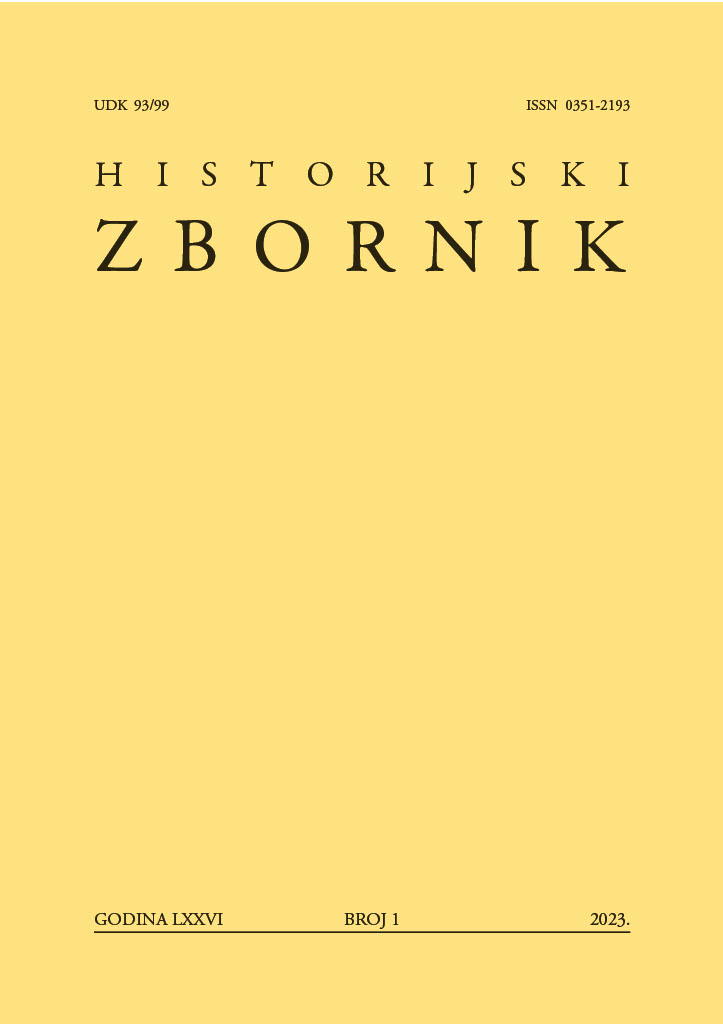Newcomers and the Modes of Integration in Late Medieval Slavonia
DOI:
https://doi.org/10.59412/hz.76.1.5Keywords:
newcomers; integration; identity; social networks; medieval Slavonia; County of Zagreb; County of KriževciAbstract
The paper analyzes newcomers belonging to the layer of middling nobility and their forms of integration in medieval Slavonia during the 14th and the first half of the 15th century. Too often, questions of (ethnic) identity of groups and individuals were addressed from a narrow national perspective, reifying Croats as a primordial group, and defining identities through a modern nation-state territorial framework or the concept of „Croatian lands.” Here, the question of (ethnic) identity is seen as a cognitive phenomenon produced through social interaction. It is a dynamic, situational phenomenon that cannot be easily separated from a specific cultural content. Furthermore, the question of integration is seen as a matter of interaction. The position of newcomer individuals and families is examined from the perspective of social networks, especially through strong ties such as marriages. The focus also lies on the question of memory of the previous living place, which is the reason why the term „newcomers” is used. In addition to that, the author examines naming patterns and forms of expressions of social status as ways to determine whether and how the new social environment influenced newcomers. In addressing the question of newcomers, the paper takes a comparative approach. The author compares the County of Zagreb and the County of Križevci, and examines the quantitative and qualitative differences between the modes of integration in these two counties, which constituted most of medieval Slavonia. The research is conducted through an analysis of families that acquired properties in these two counties during the researched period. Regarding numbers, due to the nature of the source material, it is hard to be precise, but the numbers definitely favor Križevci County, especially in the first half of the 15th century. The differences extend beyond numbers. Newcomers in Križevci County were able to integrate quickly and establish strong and tight social networks in the new social environment. In contrast, the experiences of newcomers from Zagreb County paint a different picture. Their ties with their previous living place were more intense than their ties with the nobility within the County. Instances of strong ties proved to be short-lived due to various reasons, such as biological fragility, among others.
Downloads
Published
Issue
Section
License

This work is licensed under a Creative Commons Attribution-NonCommercial 4.0 International License.
Copyright holders are the publisher Association for Croatian History and the authors.
Historical Journal is an Open Access journal. Users are allowed to read, download, copy, redistribute, print, search and link to material, and alter, transform, or build upon the material, or use them for any other lawful purpose as long as they attribute the source in an appropriate manner according to the Creative Commons licence CC BY-NC.
The papers published in Historical Journal can be deposited and self archived in the institutional and thematic repositories providing the link to the journal's web pages and HRČAK. Journal does not charge article processing charges (APC). The editors assume no responsibility for statements of fact or opinion made by contributors.

